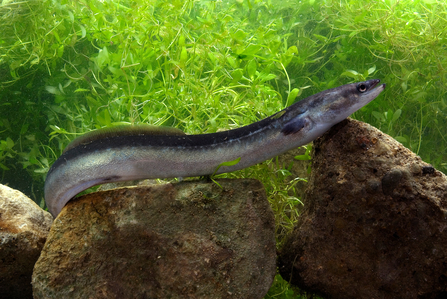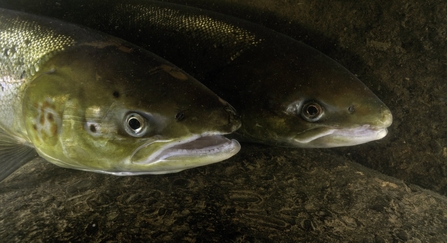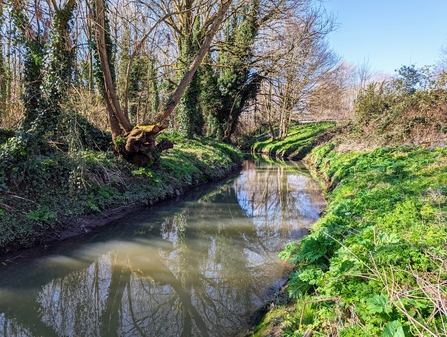Why do fish migrate?
Some fish species need to migrate to find the perfect environment to spawn. If they can’t find a suitable habitat, they are unable to reproduce so species numbers can fall.
Some fish migrate from the sea to freshwater rivers and streams, and some from freshwater rivers and streams to the sea. Others live their whole lives in freshwater, but can migrate within a river or between rivers.
Migratory fish found in the River Stour
In the River Stour, we have at least two migratory fish species that you can find. They are the European Eel and the Atlantic salmon, and both make extraordinary journeys to find ideal places in which to reproduce.




